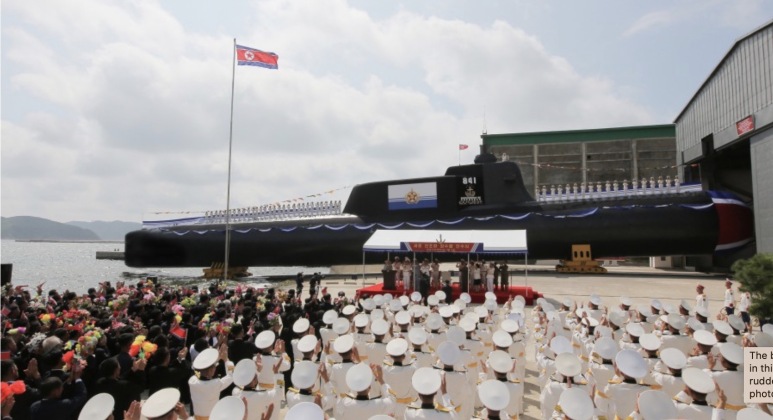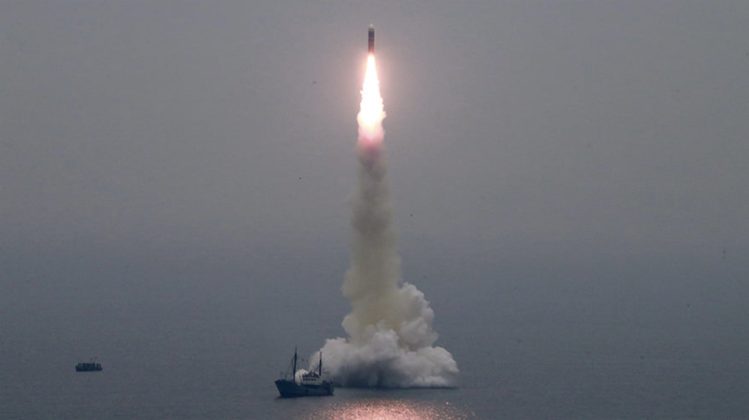News
First Look at North Korea’s Most Dangerous Submarine: Ten Nuclear Capable Missiles Onboard
North Korean state media has announced that the country’s navy launched its first nuclear submarine capable of deploying multiple cruise and ballistic missiles, with the No. 841 submarine named Hero Kim Kun Ok commissioned into the East Sea Fleet. The fleet operates in a maritime area otherwise known as the Sea of Japan, and is one of two fleets in the Korean People’s Army Navy. The ship’s namesake Kim Kun Ok was a senior naval officer at the time of the state’s foundation who fought in the Korean War and is claimed to have achieved significant feats in combat. The Kim Kun Ok notably is not a newly built submarine, but rather an extensive modification of an existing Korean submarine which has been extensively modernised and refurbished with conspicuously large new compartments and launch tubes for a number of missiles. These include four larger forward launch tubes and six smaller ones further back, which are speculated to carry ballistic and cruise missiles respectively. North Korea has test launched at least three classes of submarine launched ballistic missile, the latest of which is the Pukkuksong-5 which has a long range and is thought to be capable of threatening American military bases across the Pacific as far as Guam.

Attending the new submarine’s launch ceremony, North Korean leader Chairman Kim Jong Un personally commented that the country “will accelerate the nuclear armament of the navy without letup” as part of efforts that were “separate from our developmental and prospective plan for building nuclear submarines.” This represented part of the state’s “advance toward the attainment of the grandiose goal for turning the country into an advanced maritime power.” While North Korea has produced submarines in significant quantities for its Navy, and exported both the ships and their technologies most notably to Iran, modifying an existing ship which was otherwise obsolete as a torpedo armed attack submarine has a number of advantages. Doing so provides a low cost means of both fielding a missile submarine earlier on and testing the technologies and gaining experience with operations more quickly. These can serve as a useful stopgap until future purpose built ballistic submarines, whether nuclear or conventionally powered, begin to enter service.

In parallel to its efforts to modernise its maritime nuclear deterrent, North Korea’s surface launched ballistic missile arsenal has seen its capabilities improved rapidly with deployment of new assets such as hypersonic glide vehicles, much longer ranged cruise missiles and solid fuelled ICBMs. With Pyongyang and Washington having been technically at war for over 73 years, the Korean People’s Army first gained the ability to launch nuclear strikes against the United States in 2017 with the miniaturisation of thermonuclear warheads and successful testing of the Hwasong-14 and Hwasong-15 intercontinental range ballistic missiles. This capability is particularly highly prized since the United States not only devastated the country with air strikes during the Korean War, killing an estimated 20 percent of the population, but has come close to launching nuclear attacks on the country under four separate administrations most recently in 2017.












